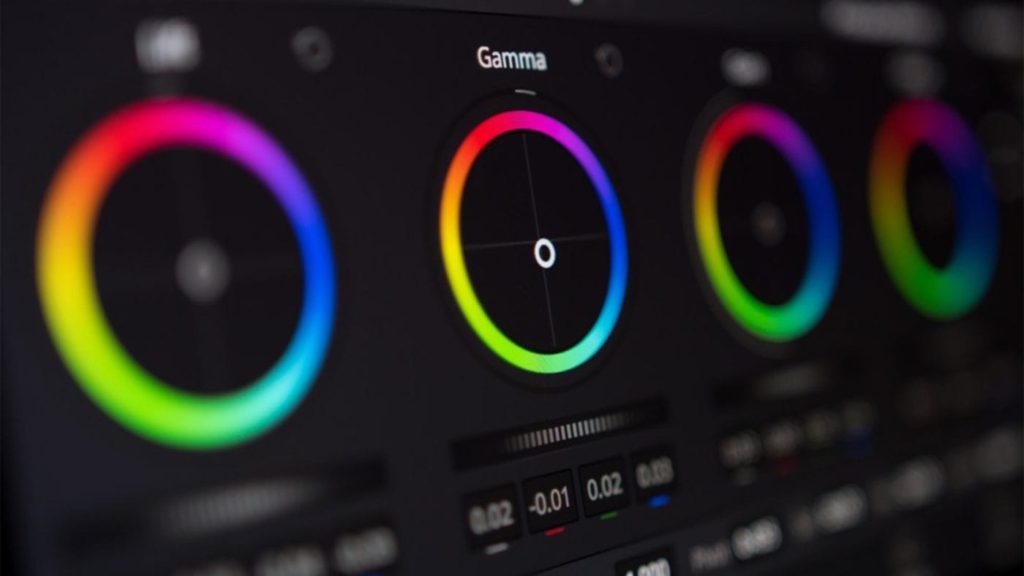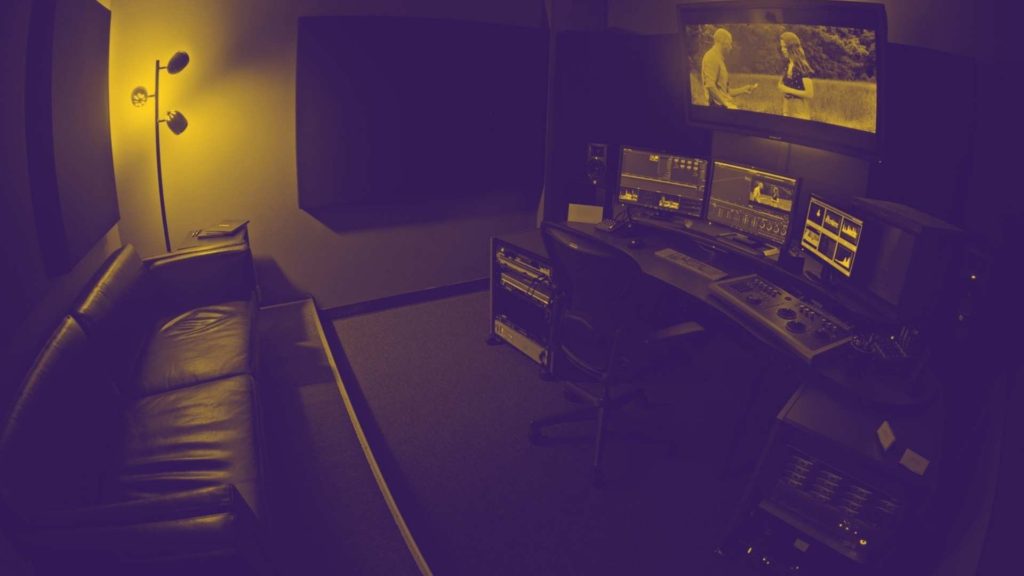Delivering your content is a crucial step in the production process, and there are several options available depending on your needs. In this article, we’ll explore the various delivery options, including DCP, IMF, NAM, GAM, VDM, LTO, Aspera, FrameIO, and discuss how to perform a QC check to ensure that your content is ready for distribution.

What is DCP?
DCP stands for Digital Cinema Package, and it’s a digital file format used for distributing movies to theaters. The format includes video and audio files, as well as metadata and encryption keys. DCP files can be delivered on a hard drive, USB stick, or over the internet using services like Aspera or FrameIO.
What is IMF?
IMF stands for Interoperable Master Format, and it’s a file format designed for distributing content across multiple platforms. The format includes video and audio files, as well as metadata, captions, and subtitles. IMF files can be delivered on a hard drive, USB stick, or over the internet using services like Aspera or FrameIO.
What is NAM?
NAM stands for Netflix Original Master, and it’s a file format developed by Netflix for delivering original content. The format includes video and audio files, as well as metadata, captions, and subtitles. NAM files can be delivered on a hard drive, USB stick, or over the internet using services like Aspera or FrameIO.
What is GAM?
GAM stands for Grading and Mastering, and it’s a file format used for delivering high-quality masters of movies and TV shows. The format includes video and audio files, as well as metadata and color grading information. GAM files can be delivered on a hard drive, USB stick, or over the internet using services like Aspera or FrameIO.
What is VDM? What is VDM used for?
VDM stands for Video Delivery Master, and it’s a file format used for delivering masters of TV shows and commercials. The format includes video and audio files, as well as metadata and color grading information. VDM files can be delivered on a hard drive, USB stick, or over the internet using services like Aspera or FrameIO.
What is LTO? What is LTO used for?
LTO stands for Linear Tape-Open, and it’s a tape-based storage system used for archiving content. LTO tapes can hold up to 30 terabytes of data and can be stored for up to 30 years. LTO tapes can be delivered by mail or courier.
Video Edits for Filmmakers: Exploring Film Editorial Suites
Performing a QC Check
Before delivering your content, it’s essential to perform a QC check to ensure that your content is ready for distribution. A QC check involves reviewing your content for errors, including audio and video issues, incorrect subtitles or captions, and missing metadata. The QC check can be performed manually or using specialized software, and it’s essential to perform the check on multiple devices to ensure that your content looks and sounds correct on a range of devices.
Delivering your content requires careful consideration of the various delivery options available. DCP, IMF, NAM, GAM, VDM, LTO, Aspera, and FrameIO are all viable options, and the choice will depend on your specific needs. Before delivering your content, it’s essential to perform a QC check to ensure that your content is ready for distribution. By carefully selecting your delivery option and performing a QC check, you can ensure that your content looks and sounds its best when it reaches its audience.
We are making DCP, IMF, NAM, GAM, VDM, LTO, Aspera, FrameIO with a QC check.



